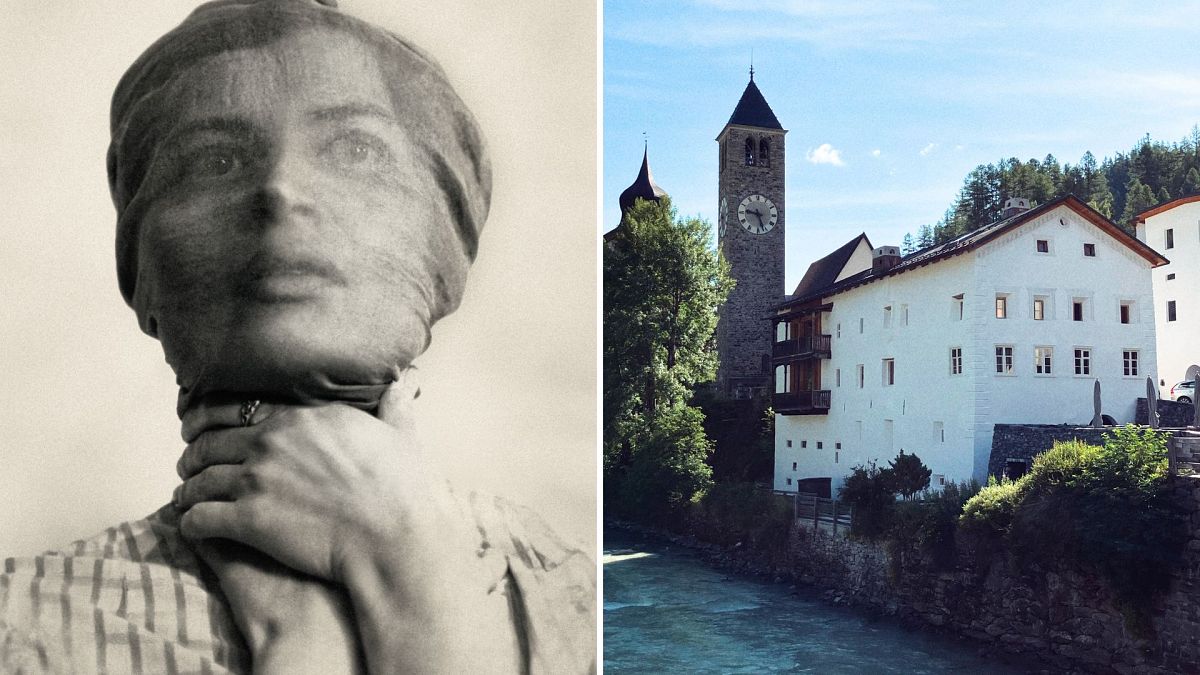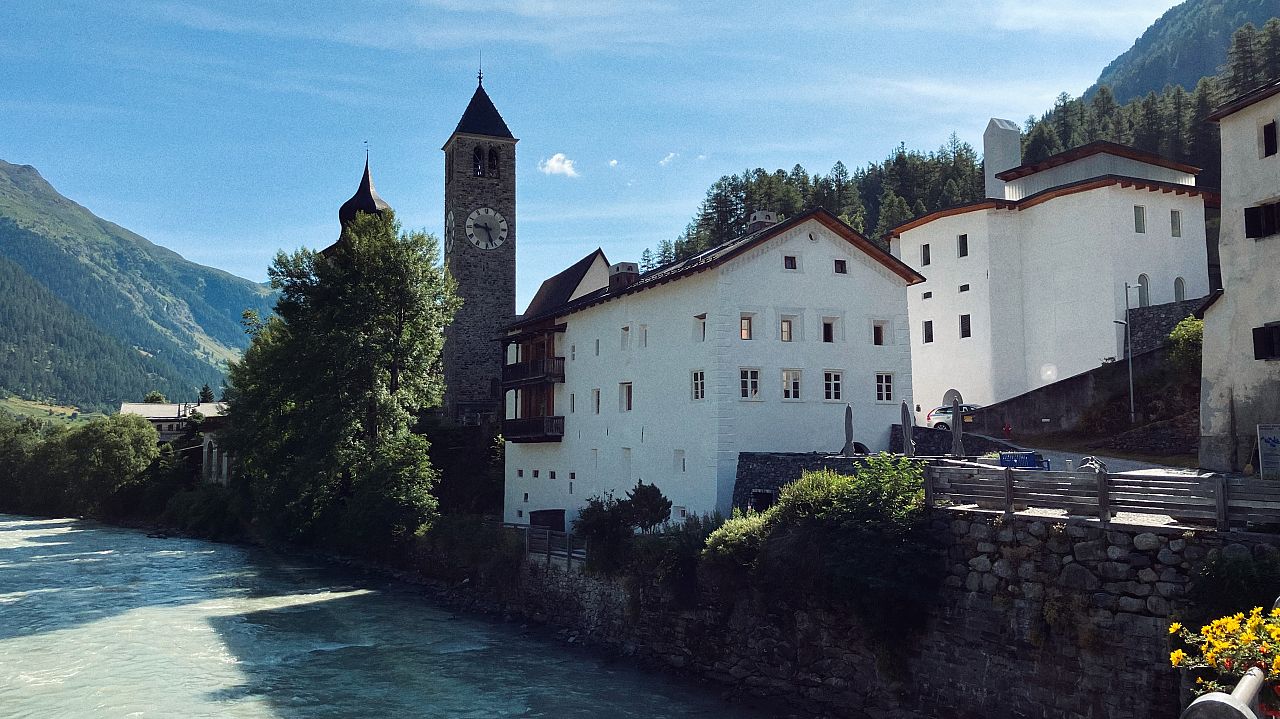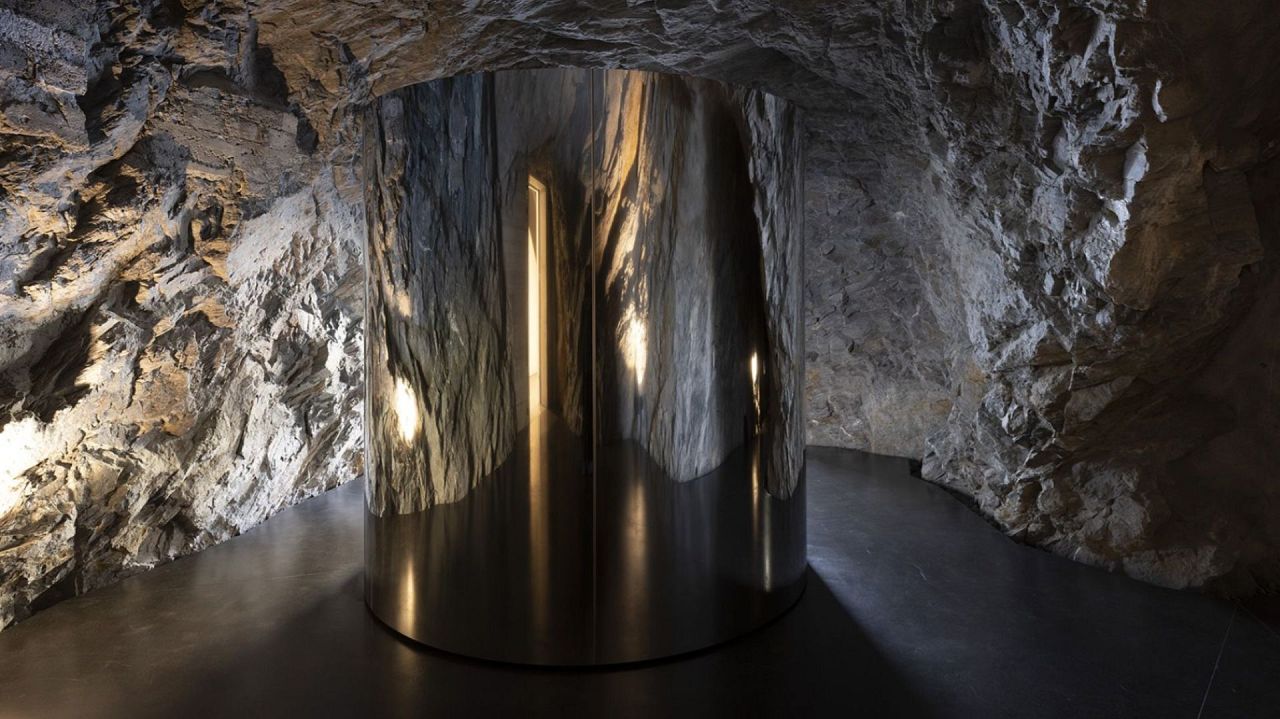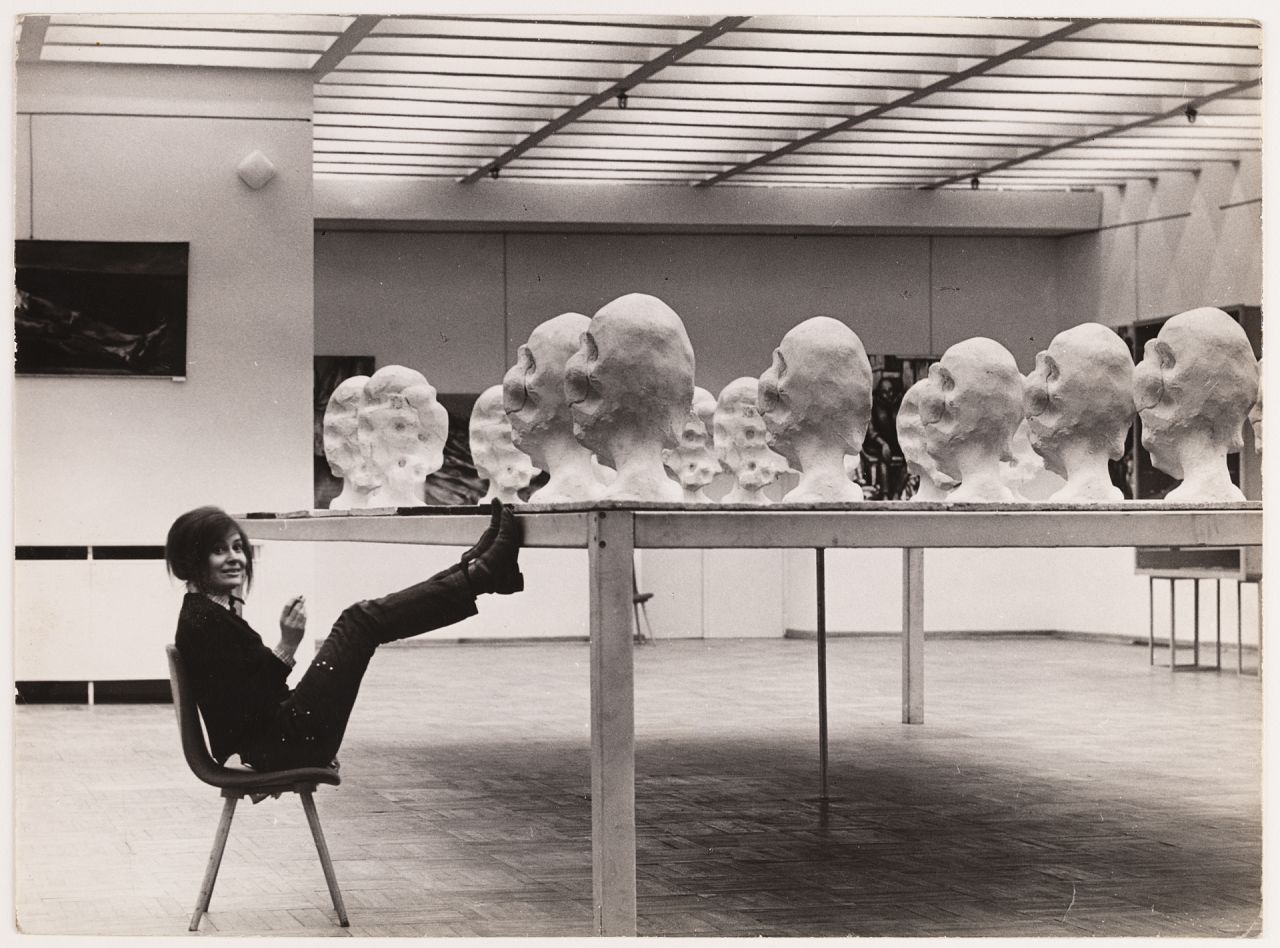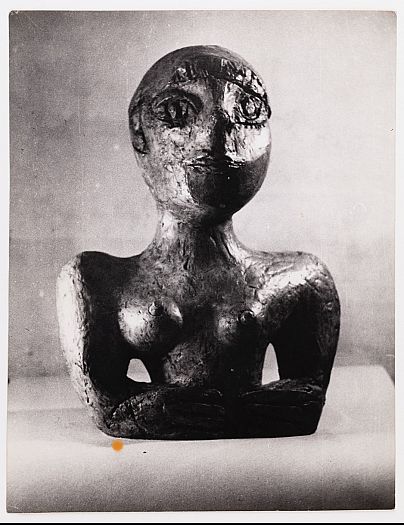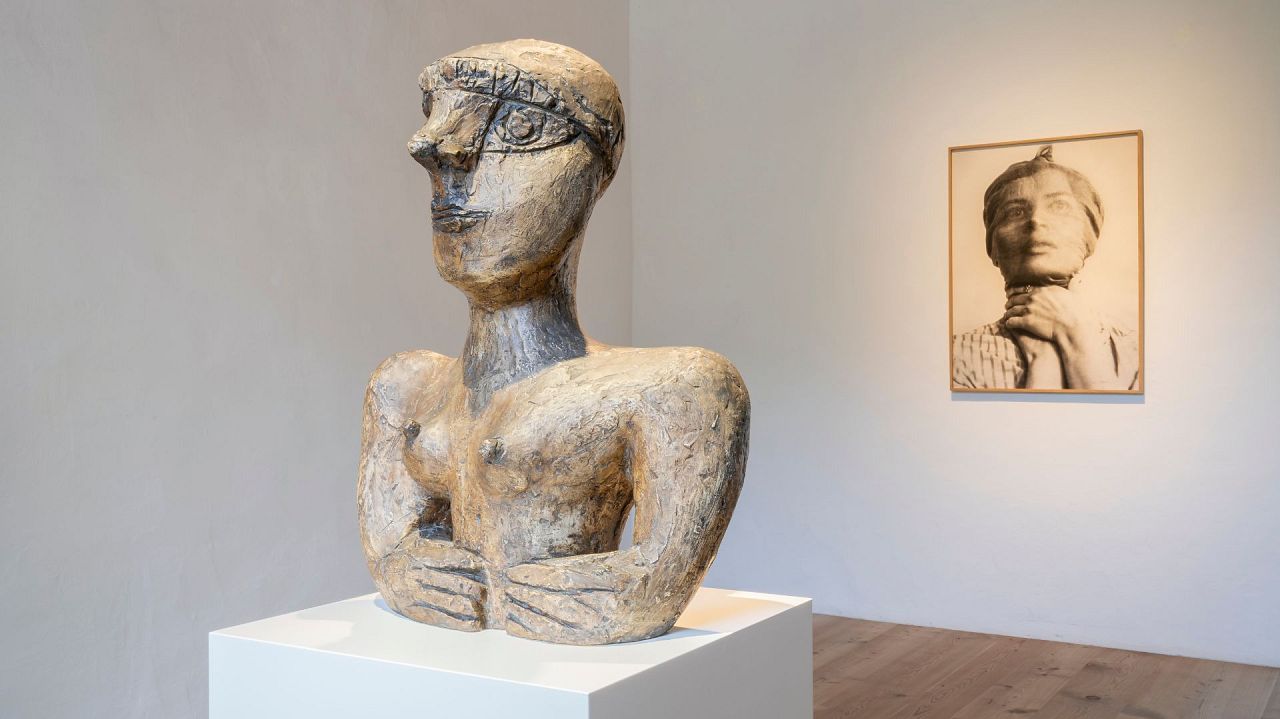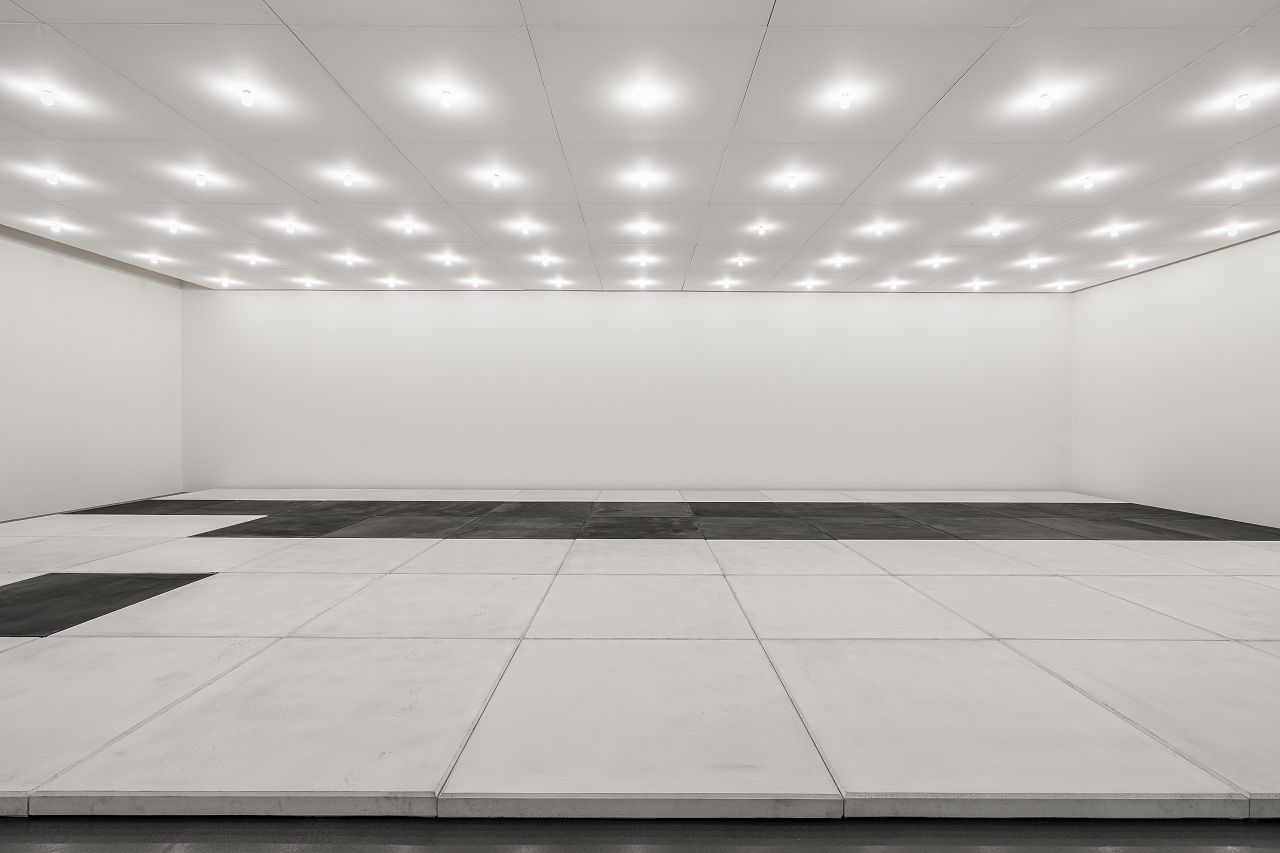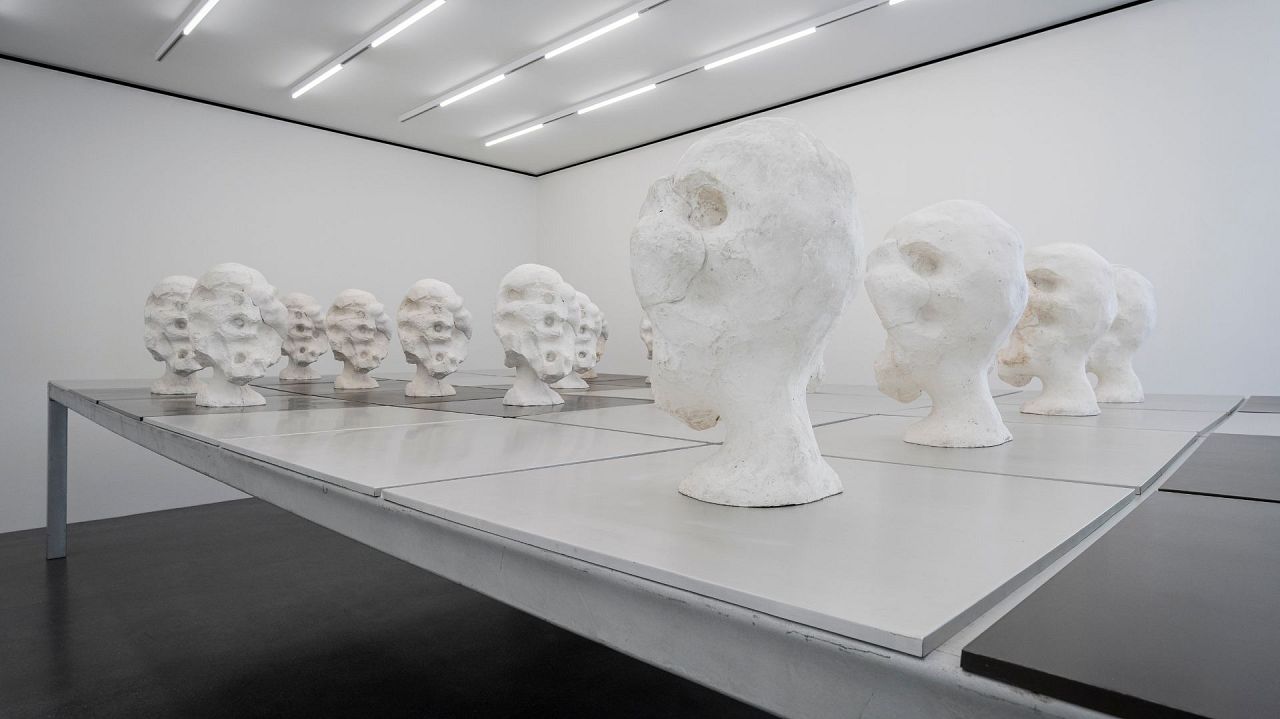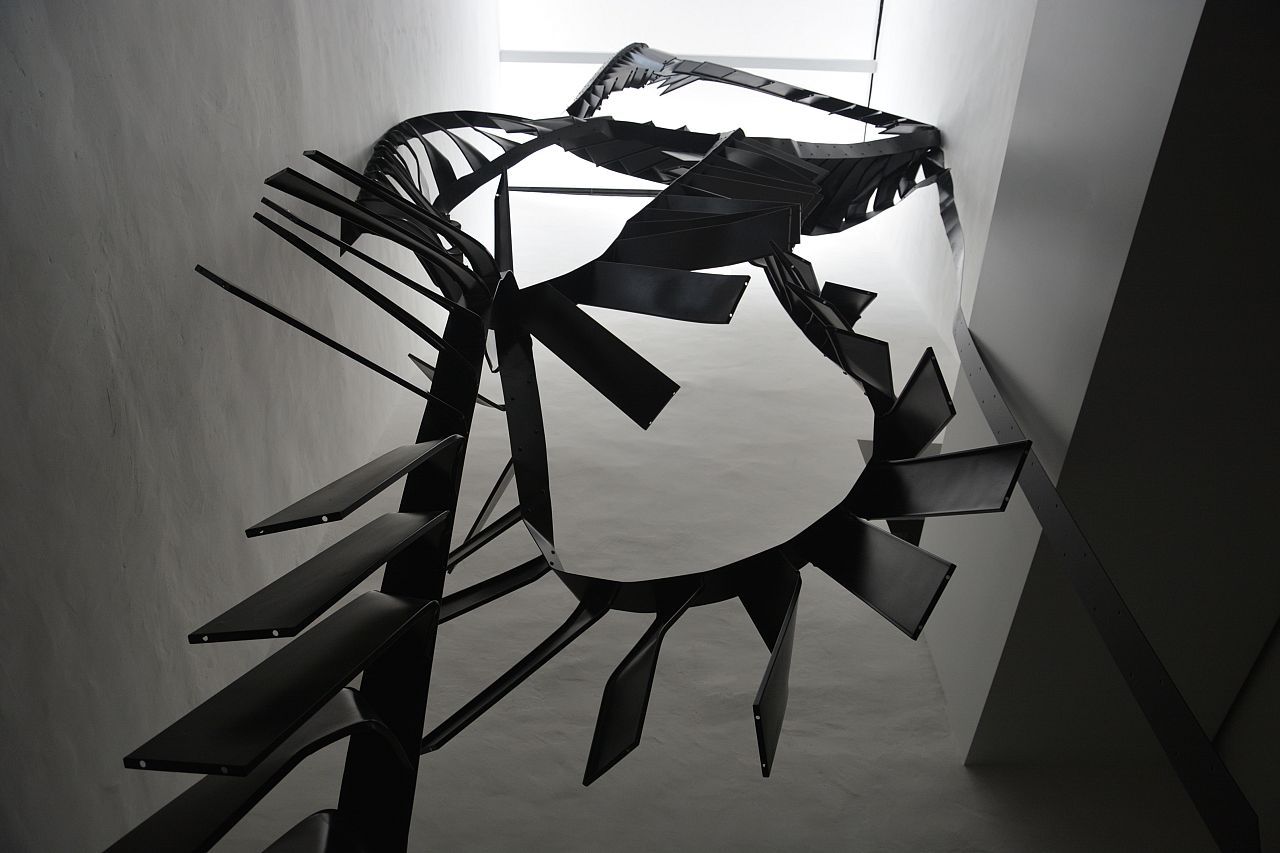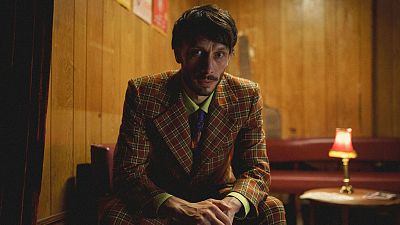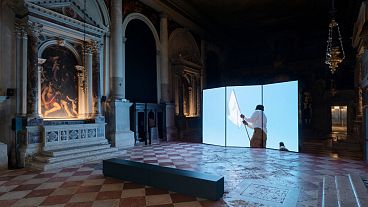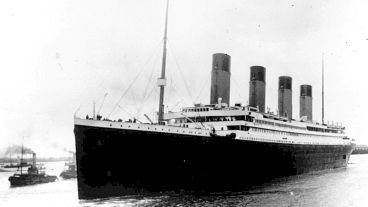Muzeum Susch, an extraordinary privately owned museum nestled in a serene Swiss mountain village, is paying homage to a hidden gem of Polish avant-garde art.
I wake up at the crack of dawn to travel to London City Airport. After a swift flight, I touch down in Zurich, Switzerland. But my journey has only just begun.
Travelling through the breathtaking Swiss landscape, I take four different trains to reach my ultimate destination: the idyllic mountainous village of Susch.
Susch, the sleepy town home to just 200 inhabitants, one small grocery shop, an antique furniture store and a quaint hotel, feels like the epitome of remoteness.
So why have I travelled all this way to visit such a seemingly obscure corner of the world?
The answer lies within the historic walls of a former 12th-century monastery and brewery, nestled in the village's mountains - an extraordinary privately owned research and art institution known as Muzeum Susch.
I'm here to see the museum's latest major exhibition - a retrospective on Wanda Czełkowska, a post-war contemporary Polish artist whose brilliance has remained unjustly overlooked by art history until recent times.
The mission of Muzeum Susch
Upon arriving in Susch, I drop off my bag at the accommodation and set out for the museum, conveniently located just a short walk away.
I'm greeted by Grażyna Kulczyk, the distinguished Polish collector and entrepreneur who founded the museum in 2019.
When deliberating on the location for her museum, Kulczyk was immediately drawn to the serene and tranquil ambiance of Susch, aligning perfectly with her vision for the museum's atmosphere and purpose.
"I’m convinced that more and more people seek a peaceful interaction with art. They seek an environment conducive to quiet contemplation and introspection," says the 72-year-old collector.
"In my view, this trend signifies the evolving direction of museums, as traditional, crowded institutions no longer offer the desired tranquility," she adds.
The museum sprawls across numerous buildings and extends into underground grottoes, all thoughtfully designed and constructed by a team of skilled architects.
Beyond its serene setting, Muzeum Susch holds a clear mission - to highlight and celebrate the work of overlooked or misread woman artists from all corners of the world.
"In art we still don’t see enough appreciation for women artists. It is still the case that many institutions are managed by men who generally prefer to show men," Kulczyk states with conviction.
Among its notable exhibitions in the past, the museum has featured the works of Colombian sculptor Feliza Bursztyn, and Swiss artists Heidi Bucher, and Hannah Villiger.
Now, taking centre stage is Wanda Czełkowska, marking her very first major international retrospective.
Who is Wanda Czełkowska?
Czełkowska was prominent figure of the Polish avant-garde, recognised primarily for her sculptures and minimalist approach.
Throughout her career, she played an influential role in the development of conceptual art in Poland and received numerous awards for her work.
Beyond sculpting, her artistic repertoire includes photography, drawing, painting, and other forms of expression.
"She studied at the Art Academy in Krakow, in the sculpture department at the time when the communist regime imposed socialist realism as the main artistic doctrine," explains the curator of the exhibition, Matylda Taszycka.
Socialist realism in Polish art was confined to portraits of party leaders and various depictions of muscular labourers and battle scenes, with special attention paid to popular taste.
Despite her classical training, she delved into various intellectual pursuits, including art, history, philosophy (especially French philosophy), and contemporary music theory.
After 1956, following the death of Polish communist activist Bolesław Bierut and the and the subsequent De-Stalinisation of all People's Republics, Poland experienced artistic liberalisation and Czełkowska sought to find her own artistic expression.
Her work evolved alongside the Polish art scene, from figuration in the 1950s to an interest in abstract art and, later, minimalism and conceptual art from the late 1960s onwards.
"Her practice interacted on the one hand with what was happening on the Polish scene, art scene, so the experimentation around figuration and abstract art in the 1950s," explains Taszycka.
"And on the other hand, from the late 1960s onwards, her work became very closely aligned with the principles of minimalism and conceptual art," she adds.
What's on display at the exhibition?
The exhibition, titled 'Wanda Czełkowska: Art is not Rest,' presents a curated collection of her most significant and previously unseen artworks, spanning various mediums such as sculpture, photography, drawing, and painting.
The title is taken from notes by Czełkowska and reflects her stance of art as demanding.
As I step foot inside the enchanting museum, Taszycka elaborates on the exhibition's focal points, which revolve around three pivotal themes deeply ingrained in the artist's creative practice: 'The Body,' 'The Mind,' and 'The Space.'
Forming the centrepiece of the exhibition is one of Czełkowska's most monumental installations, 'Absolute Elimination of Sculpture as a Notion of Shape', which has been faithfully reconstructed for the show.
Comprised of 66 large flat concrete, prefab plates in two varying shades, it covers the floor and walls of Muzeum Susch’s largest gallery space.
"It's a historical moment. She imagined this piece in 1972 when she came back from her exhibition in Scotland and she produced at that time a reduced model of it," explains Taszycka.
She adds, "It's so monumental, so difficult, so heavy. It's 17 tons of concrete. And each panel weighs more than 200 kilograms. So the piece is technically very complicated to produce."
The magnitude of Czełkowska's artistic prowess is further exemplified in the exhibition by her work 'Stół' (Polish for 'Table').
The installation features 18 abstract, hollow sculptures resembling busts, arranged on a large table.
Taszycka eloquently underscores the significance of scale while curating the exhibition.
"I find that the work of women artists is often unfairly disconnected from the realm of monumental scale. There persists a challenge in envisioning that women artists possess the ambition and capability to create grandiose works," explains Taszycka
She adds, "My intention with this exhibition was to accentuate this very ambition of an artist who fearlessly operates within this vast space and fearlessly embraces monumentality."
Czełkowska's artistic brilliance shines brightly throughout the exhibition, not only in the scale of her work but also in her remarkable artistic diversity. From vibrant abstract paintings to intricately detailed sketches of human heads, her creativity and talent is on full display.
Beyond Czełkowska's creations, the museum also exhibits numerous permanent works, most notably Polish artist Monika Sosnowska's impressive installation, 'Stairs' - a twisted black 14-metre steel structure gracefully suspended from the ceiling of the former brewery's cooling tower.
Additionally, within the museum's cave-like section, a mesmerising mirror stainless steel installation by Mirosław Bałka adorns the space.
For lovers of avant-garde and modern art, this museum is an absolute must-see. And even if the displayed art may not resonate with everyone's tastes, the seamless blend of traditional architecture and contemporary art in a beautiful setting, creates a truly unique and special atmosphere.
'Wanda Czełkowska: Art is not Rest' will be on view until 26 November 2023.
